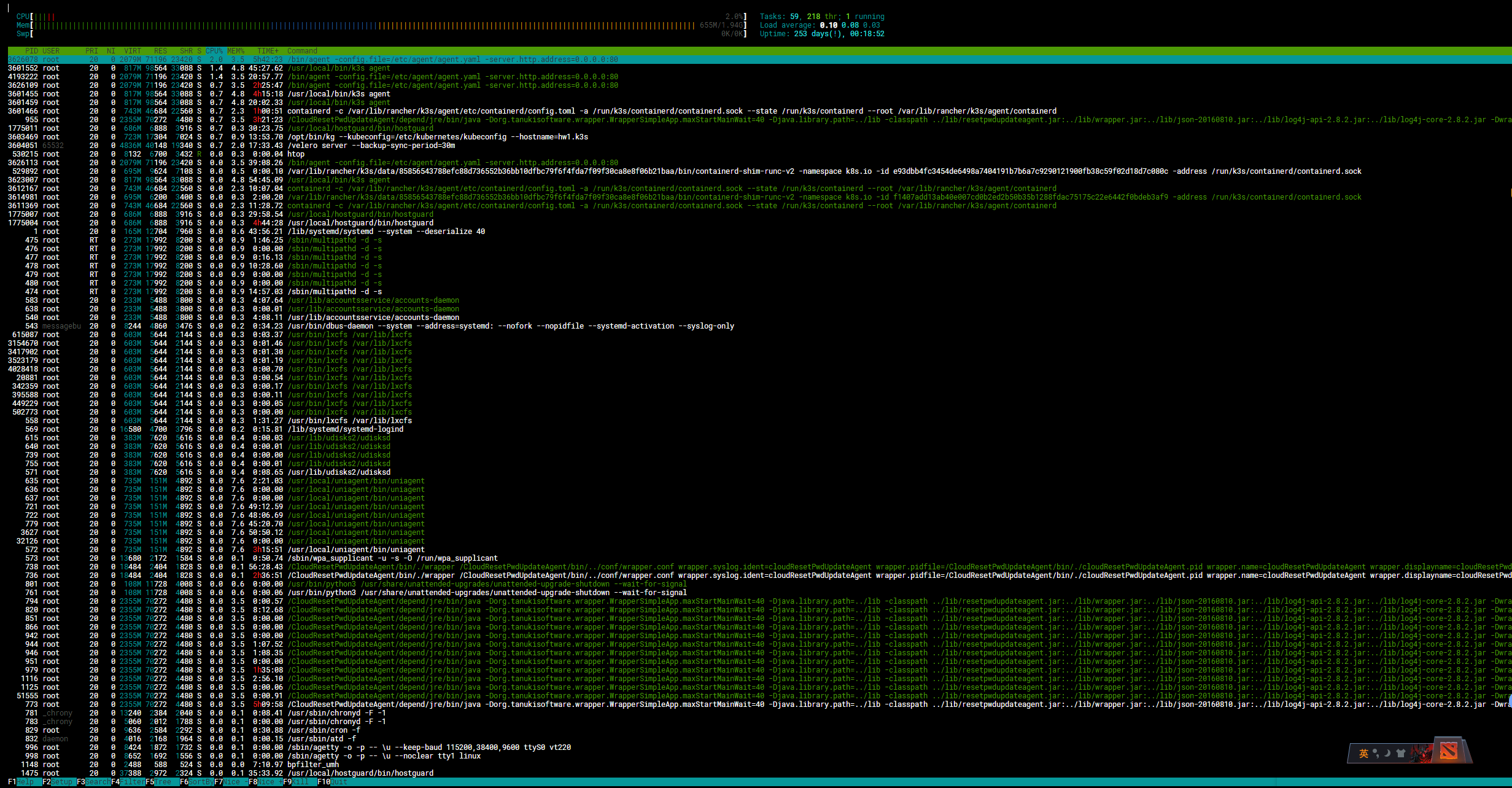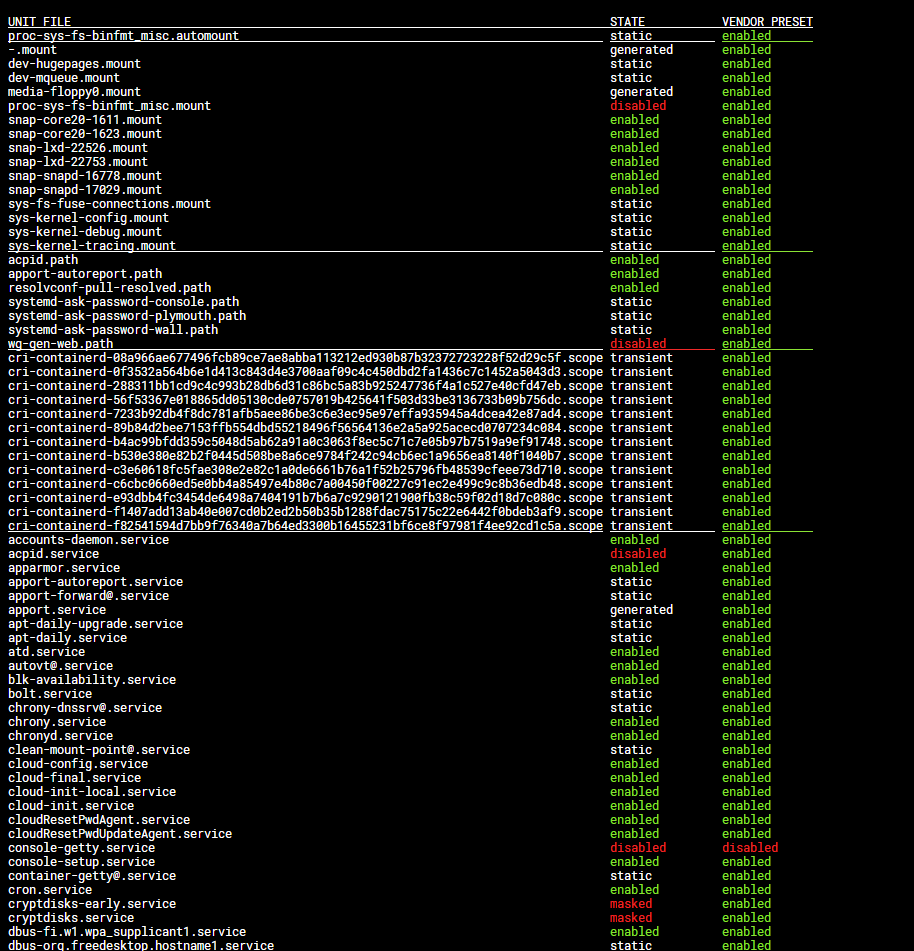How to enter the node shell via kubectl
This article was last updated on: February 7, 2024 pm
overview
Consider a scenario like this:
In the production environment, Node needs to log in through the bastion host, but kubectl can log in directly on the personal computer.
In this scenario, can I log in to Node in the K8S cluster through kubectl?
OK!
Essentially a privilege escape achieved by utilizing the weak isolation of containers (runC) (shared kernels, process isolation implemented by Cgruop, etc.).
If you use some commercial container platforms (such as openshift, rancher), etc., they may be installed by default through PSP scc or policy to block this layer of hidden dangers in advance.
But if it’s native Kubernetes, the following approach is often possible.
Principle overview
Let’s start with the essence, which is:
Containers (runC) are weak isolation
- For virtual machines, virtual machines are isolated at the kernel level, and different virtual machines have different kernels, so the security is much higher, and it is very difficult to escape from the virtual machine to the physical machine where it is located.
- However, containers (runC) are weak isolation, all containers on a machine share the same kernel, and the reason why they cannot see each other by default is through process-level isolation achieved by Cgroup, net namespace, etc.
So, without further restrictions on the permissions of the container, I can run a privileged container and go directly to the node where it is located.
Specific steps
Available for versions prior to K8S 1.25.
The steps are simple, which is to create the one mentioned aboveprivilegecontainer, pass nsenter command enters the node shell. An example yaml is as follows:
1 | |
direct kubectl apply -f node-shell.yaml to enter the node shell.
The above yaml, the key points are as follows:
Commands to enter the node shell:nsenter --target 1 --mount --uts --ipc --net --pid -- bash -lOn Linux, nsenter is a command-line tool that is used to access another namespace. such as nsenter -n -t 1 bash It is to enter the network namespace where the process with pid 1 is located.
And access to the node shell:
hostPID: trueShare the PID of the hosthostNetwork: trueThe network that shares the hostprivileged: true: The PSP permission policy isprivileged, i.e. completely unlimited.
After entering the pod of the node shell, the effect is as follows:



Utilities - Getting into the node shell is more convenient
Here are 2 recommended tools to make it easier to enter the node shell.
krew node-shell
Management tools can be managed through the kubectl plugin krew Install node-shell.
As follows:
1 | |
Lens
Kubernetes graphical management tools - Lens There are also related features.
The specific usage is as follows:


summary
The above describes how to enter the node shell with root privileges via the kubectl command, which is very simple and actually works on most native Kubernetes.
This command actually makes some use of the unhardened configuration in security.
Finally, it is recommended that in addition to security hardening of the OS, Kubernetes should also be hardened in accordance with security best practices. (Typically, at least PSP and other policies are not set.) privileged, but set to Baseline or Restricted)
Stay safe! 🚧🚧🚧
EOF